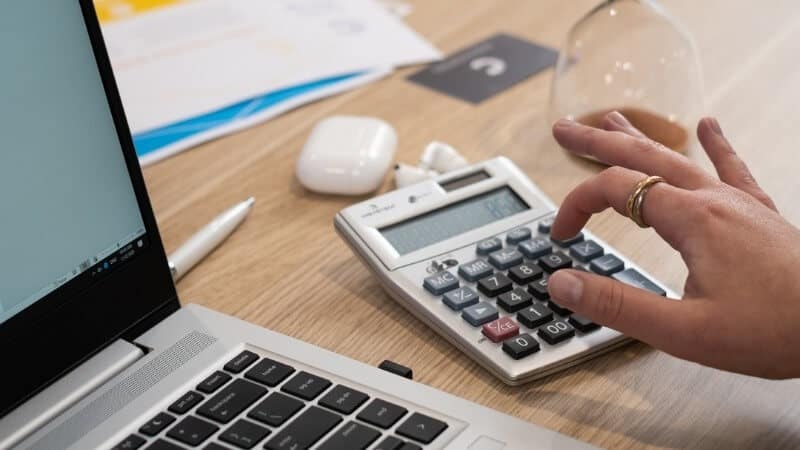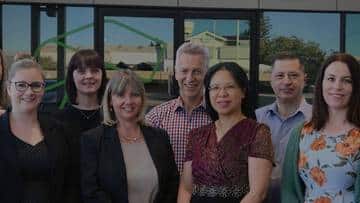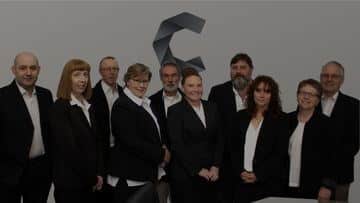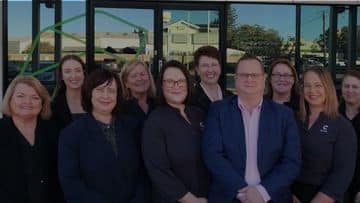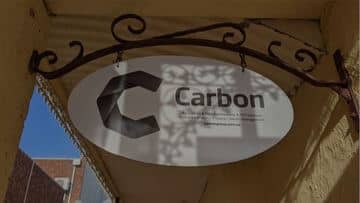Tax planning isn’t a dirty word, and it’s not about paying no tax. It’s about making sure you don’t pay more tax than you should.
Some business owners aren’t aware that they should have tax planning strategies in place and miss out on the opportunities it can present. Tax planning shouldn’t be a last-minute thought at the end of a transaction, or what your tax accountant may claim when lodging your business tax return after the end of the financial year. Tax planning is a strategy that takes place before the transaction, or before 30 June each year where you can make a real difference.
Let’s dive into tax planning a little bit more and explore how it could benefit you.
Tax planning for investing:
Most investments are of a long-term nature and we typically don’t know what our plans for that investment are going to be longer term. If we had a crystal ball and knew for certain how and when this investment would be sold, then tax planning would be nice and easy. But unfortunately, life is never certain and returns on investments are never consistent.
What this means is that you should sit down with your tax advisor before making a transaction and talking with them about what you’re buying, why you’re buying it and more importantly, what the potential outcomes of this investment could look like longer term.
From here, your tax advisor can make recommendations on what structure these investments should sit in both from a short-term perspective as well as a long-term solution. Keep in mind, short-term versus long-term are often very different solutions.
Let’s have a look at some examples of how structures can play a part in your thinking:
Example: Buying a rental property in the name of the highest income earner:
Typically, people expect a component of negative gearing in the early years of owning a rental property so they will generally buy this property in the name of the highest income earner.
This is a good result for the short term, but after a few years or during a period of low interest rates or high rental incomes, this can quickly change to being positively geared (meaning adding extra income to the highest income earner). Typically at this point, it would have been better to hold this asset in the lower income earner’s name.
Similar to later down the track when the property is sold and a capital gain is made, the higher income earner will pay far more tax on this gain than what the lower income earner would otherwise.
Example: Buying a rental property through a Trust:
The losses (negative gearing) can only be offset against other income inside the Trust. For a lot of people, there is often no other income in the trust and so the losses themselves will be stuck (quarantined) inside the Trust until the property makes a profit or other income flows through the trust.
However, once the property is positively geared or a capital gain is made on this property, the proceeds can be streamed to any or all of the beneficiaries to reduce the tax burden on this gain.
It is this flexibility that allows for successful tax planning to occur on the sale as if the property was in one or more personal names, the tax is required to be paid by them and the flexibility goes.
What does this mean?
In summary, more time and discussions are needed before buying any asset to make sure you completely understand the short-term implications as well as the long-term implications of your investment structure.
This doesn’t mean you should put everything in the best long-term structure as the short-term tax benefits (e.g. negative gearing) may mean that you can increase your after tax dollars. This could help you increase your overall net wealth, but it does mean that you should know the opportunity cost of your decision and make the right choice knowing all the facts.
Tax planning for business:
Tax planning for business is a whole different world, and in simple terms there is a trade-off between dollars in the bank and the tax that you’ll be required to pay.
This means that once you’ve made your decisions around the best tax structure for your business and your situation, the rest of your tax planning comes down to where and how you spend your money.
Things like depreciation on vehicles and equipment (including the instant asset write-off benefits) are significant tax benefits, however they aren’t for everyone. In the current market, you can claim a tax deduction for the whole purchase price of a large $150,000 machine for instance, but if you don’t have the taxable income in excess of this it will put the business into a tax loss position and not actually save you as much money.
Further to this, if you operate through a structure that flows the profits through to your personal name to pay the tax (like a Trust or a partnership) then you may in fact miss out on using your low-income brackets and pay substantially more tax next year because of this write-off.
This isn’t to say that these rules are bad, in fact they are fantastic for the right business, but understanding their effects on your business and your overall tax position is important.
Spending money on stuff you don’t need (like upgrading or buying a car or other assets), just so you can get a tax deduction is often the worst thing you can do. While you might save some tax, you end up in a worse financial position. Instead, a better solution may be to spend money on marketing or other business improvements to help increase sales and profits in the business or putting money into superannuation to maximise your tax benefit while still keeping the wealth in your family group. Or, in some instances, doing nothing and putting in place a budget to pay the tax knowing this will help other longer-term strategies like borrowing money in future years.
Combining your business and investment plans together:
To get the ultimate benefits from your tax planning strategy you should really get your investment advisor and your tax advisor together for the same meeting.
As we’ve touched on, in order for you to achieve your personal goals, it may be the best option to pay as much tax as you can so you can borrow more money from the bank and buy that dream home or dream investment.
Lastly, if your strategy was to involve buying a commercial property in your super fund, you might need two- or three-years’ worth of contributions to build the required deposit. These strategies can take time to implement, so should be discussed with your tax advisor well before you’re ready to actually pull the trigger.
Want to learn more about tax planning?
We’ve compiled more information about tax planning here.
Have some questions, or eager to get started with your tax planning?
Our team of experienced tax accountants are on hand to help answer your questions or get your tax planning strategies underway.

